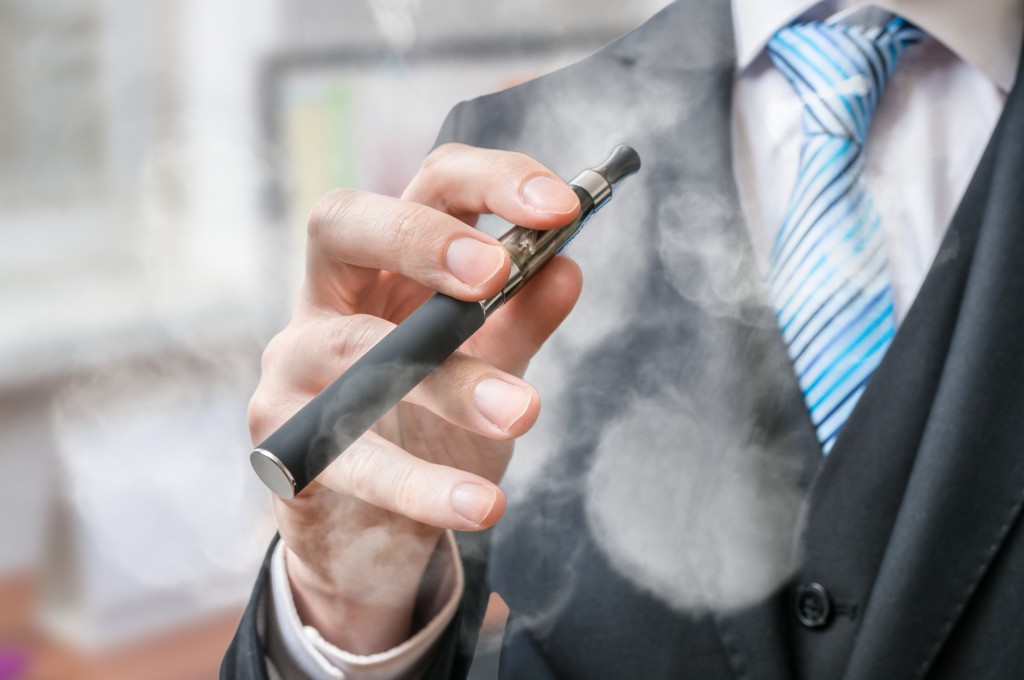
Walking the exhibit floor at an industry conference can give you a good idea where the industry is heading. The Marijuana Business Conference and Expo in Orlando, Florida was a prime example of that philosophy. For the exhibitors marketing to dispensaries, and by extension individual users, vaping equipment covered the majority of booth space. The abundance of vaping-related goods validates one of the biggest trends in cannabis.
Four types of booths dominated the floor this year:
Let’s look at how certain the future of this trend actually is.
Vaping is the process of heating cannabis, or a cannabis-derived product, to the point where it vaporizes. The vapor is then inhaled by the user. The point of vaporization is cooler than the burning point, so many users enjoy the fact that they are inhaling vapor instead of smoke. Depending on the type of vaporizer you own, you can vape dried flower (or “bud”), cannabis oil, or a processed product like wax or shatter.
Advocates of vaping believe it is a much healthier alternative to smoking. They also argue that vaping provides a more reliable dosage than using edibles. Many users also enjoy the portability and discreet nature of vaping compared to smoking. The vapor typically has a much fainter smell and dissipates more quickly than smoke.
With that said, there are many who continue to advocate for the “purity” of the smoking experience. These traditionalists maintain that smoking is the only way to inhale a pure product from a single genetic strain. Proponents of smoking also claim that it’s the only way to retain the full flavor profile of cannabis. Some “smokers” also experience less taste and smell from the cannabis when vaping.
One reason many industry insiders think vaping is the future is due to new legal regulations in cannabis-friendly states. For instance, in New York and Minnesota, medical marijuana sales are legal in all forms except for the actual flower. These laws largely stem from the anti-smoking movement, leaving patients who prefer to inhale their medicine with vaping as the only option.
In 2016, the Food and Drug Administration (FDA) took a big step toward the regulation of vaping. The FDA released a 499-page document that places vaporizing under the umbrella of the Tobacco Control Act of 2007. Although the FDA was responding to the trend of e-cigarettes (called “electronic nicotine delivery systems”), it added all vapor products under the act’s provisions. Since cannabis continues to be a unique and poorly communicated issue at the federal level, the impact of this regulation on cannabis unknown.
With as much press and investment that vaping has received over the last few years, the long-term trends and preferences of the cannabis industry and its users are unclear. As social acceptance and mainstream use of cannabis increases nationally, a new generation of first-time users will add their preferences to the market.
As new users begin using cannabis, the legal landscape of state and federal regulation will continue to evolve and become more defined. So while there’s no bet in the burgeoning cannabis industry that’s a sure-thing, vaping appears to a trend that will continue to gain momentum.
If you’re interested in learning more about vaping and other delivery methods of cannabis, visit Cannabis Industry Institute (CII). Whether you’re educating yourself in order to enter the professional cannabis industry, or you want to upskill your staff or streamline your onboarding process, CII provides high quality, online courses aimed at increased learner retention.
© 2019 CAN Performance Group, LLC. All rights reserved.